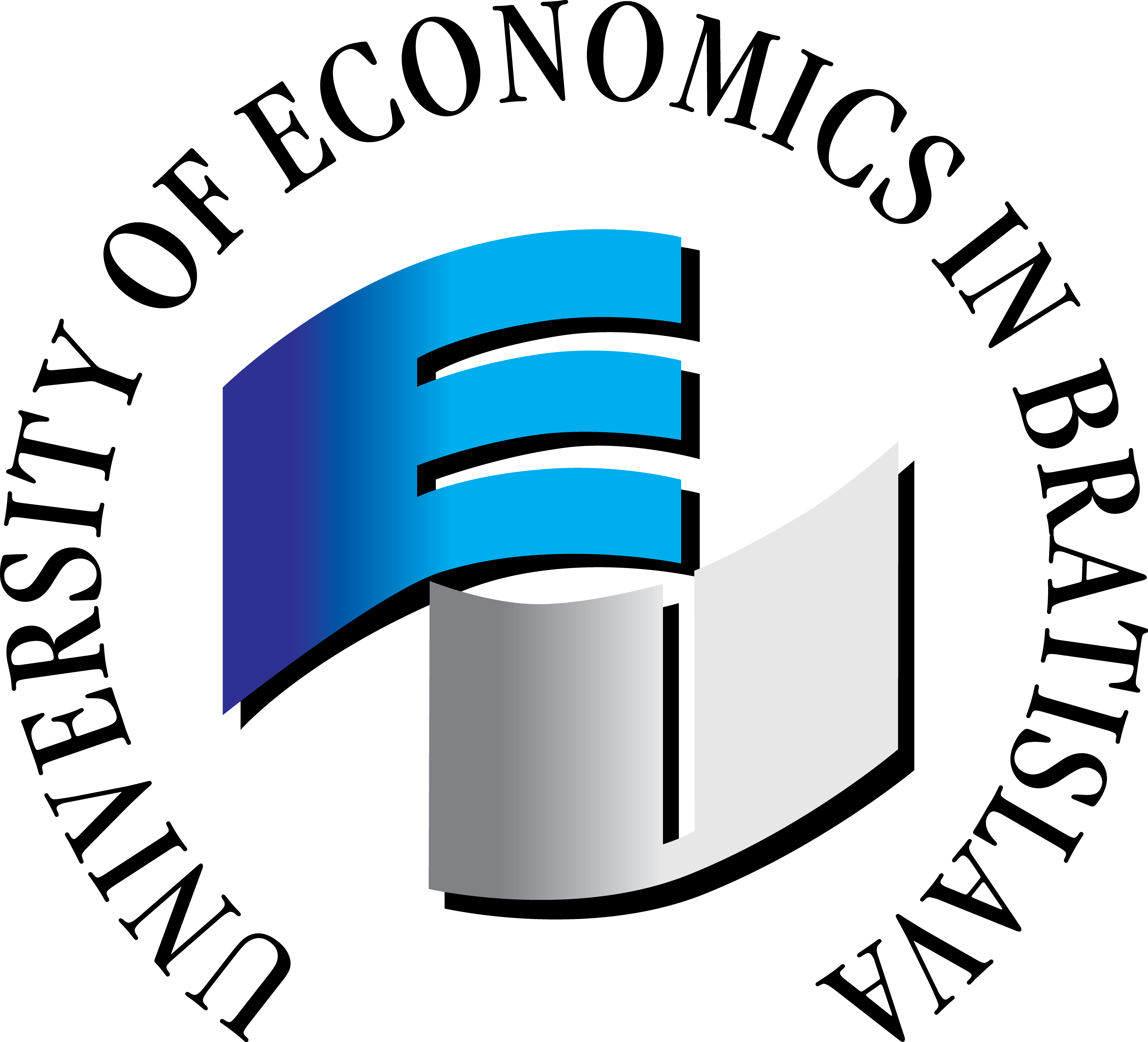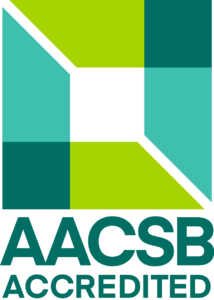Network technologies II
- Credits: 4
- Ending: Examination
- Range: 0P + 2C
- Semester: winter
- Year: 3
- Faculty of Economic Informatics
Teachers
Included in study programs
Teaching results
After completing the course students will have:
Knowledge
A. To understand the principles of client/server application development and the flow of data between the client, server and database layers.
B. To know the syntax as well as the basic and advanced programming principles of the selected server-side language.
C. To understand database access methods, SQL fundamentals and the differences between communication standards (JDBC, ODBC).
D. To understand the role, configuration and operation of web servers, including servers designed for data-science environments.
E. To understand the fundamentals of object-oriented programming on both the server and client sides.
Skills
F. To develop client-side application components using HTML, CSS and JavaScript and integrate them with server-side logic.
G. To implement server-side applications in the selected language, including handling requests, responses and database operations.
H. To use SQL in server-side development and incorporate query results into the application logic.
I. To install and configure a web server, including environments tailored for data-science workloads.
J. To use modern frameworks suitable for web or data-oriented application development.
Competentness
A. To design and develop a multi-layer application with a clear separation of client, server, and database components.
B. To integrate SQL, the web server, and the server-side language into a coherent application that meets performance and security requirements.
C. To select and apply an appropriate database access method (JDBC, ODBC, ORM) according to the architecture of the solution.
D. To apply design patterns (especially MVC) in the development of both server-side and client-side components.
E. To use object-oriented principles to ensure modularity, maintainability, and clarity of the application structure.
F. To work independently within the development environment (IDE) and manage the entire workflow from design to deployment.
Indicative content
1. Basic principles of client/server application programming
2. Syntax of the selected server language
3. Basic principles of program creation in the selected language (server)
4. Advanced principles of program creation in the selected language (server)
5. Basics of client-side application creation (HTML, JS, css)
6. Database access options - local/remote
7. Basics of SQL language and its implementation in the selected language (server)
8. Web server - installation
9. Configuration of the selected web server
10. Web server for data science - installation
11. Configuration of the selected web server for data science
12. Frameworks for data science
13. Basics of object-oriented programming in the selected language (server, client)
Support literature
1. Bloch, J. (2018). Effective Java (3rd ed.). Addison-Wesley Professional.
2. Bandurič, I. (2013). Tvorba aplikácií v jazyku Java. Ekonóm.
3. Beighley, L., & Morrison, M. (2021). Head First SQL: A learner's guide to SQL (2nd ed.). O’Reilly Media.
4. Carnell, J. (2021). Spring Microservices in Action (2nd ed.). Manning.
5. Deitel, P., & Deitel, H. (2022). Java: How to Program (11th ed.). Pearson.
6. Freeman, E., & Freeman, E. (2021). Head First Design Patterns: Building Extensible and Maintainable Object-Oriented Software (2nd ed.). O’Reilly Media.
7. Grinberg, M. (2018). Flask Web Development: Developing Web Applications with Python (2nd ed.). O’Reilly Media.
8. Hunt, A. (2020). Web Development with Node and Express: Leveraging the JavaScript Stack (2nd ed.). O’Reilly Media.
9. Kline, D., & Lemay, L. (2022). Teach Yourself HTML, CSS & JavaScript All in One (4th ed.). Pearson.
10. McCreary, D., & Kelly, A. (2023). Database Design and Management: A Practical Guide (Updated ed.). O’Reilly Media.
11. Sierra, K., & Bates, B. (2022). Head First Java (3rd ed.). O’Reilly Media.
12. VanderPlas, J. (2022). Python Data Science Handbook (2nd ed.). O’Reilly Media.
13. Zhang, J. (2024). Full-Stack Web Development with Java, SQL, and Spring Boot. Packt Publishing.
Syllabus
1. Fundamental principles of client/server application programming Explanation of the client/server concept, distribution of responsibilities between the client and server layers, and data flow between them. Overview of communication models and architectural approaches. 2. Syntax of the selected server-side programming language Overview of basic constructs, data types, control structures and program organization in the chosen server language. Introduction to its syntax, typical patterns and fundamental building blocks. 3. Fundamental principles of programming in the selected language (server) Creation of basic server-side programs, use of functions, modules, and request/response handling. Introduction to application logic and structuring simple server tasks. 4. Advanced principles of programming in the selected language (server) Work with advanced language features, error handling, asynchronous or parallel operations. Principles of code optimisation, security considerations and professional design practices. 5. Basics of client-side application development (HTML, JS, CSS) Fundamentals of building user interfaces using HTML. Interactivity with JavaScript and styling with CSS. Connecting the client-side layer with the server through simple requests. 6. Database access methods – local/remote Comparison of local and remote database access. Connection configuration, authentication and secure data transfer. Handling database sessions and drivers. 7. Basics of SQL and its implementation in the selected server language Introduction to SQL, basic commands (SELECT, INSERT, UPDATE, DELETE) and query construction. Integration of SQL queries into the server-side application and processing results in code. 8. Web server – installation Basics of installing a chosen web server. Setting up the environment, key components, and initial configuration required for deploying applications. 9. Configuration of the selected web server Working with configuration files, setting ports, security rules, SSL certificates, virtual hosts and optimisation parameters for stable server operation. 10. Web server for data science – installation Installation of platforms tailored to data science applications (such as JupyterHub, RStudio Server or Shiny Server). System requirements and compatibility with analytical tools. 11. Configuration of the selected web server for data science Setup of user access, security, performance parameters and resource allocation. Integration with databases, storage systems or computational engines. 12. Frameworks for data science Overview of frameworks used in data analysis and web-based data applications (e.g., Flask, Django, Shiny). Their principles, advantages and applications in interactive analytical systems. 13. Basics of object-oriented programming in the selected language (server, client) Introduction to classes, objects, encapsulation, inheritance and polymorphism. Application of OOP principles on both the server-side and client-side when structuring modular applications.
Requirements to complete the course
final exam - written form, 60% (passing the exam means obtaining a minimum of 51% of the exam grade). The exam consists of two parts: verification of theoretical knowledge (test with different types of questions). The theoretical part verifies the level of learning outcomes A,B,C
Semester work, 40%, verifies the level of learning outcomes D,E.
Student workload
Total study load (in hours): 4 credits x 26 h = 104 h
Student load distribution
participation in exercises, seminars 26 h,
preparation for seminars 13 h,
preparation for individual written work 30 h,
preparation for the exam 35 h.
Date of approval: 04.03.2025
Date of the latest change: 06.11.2025

